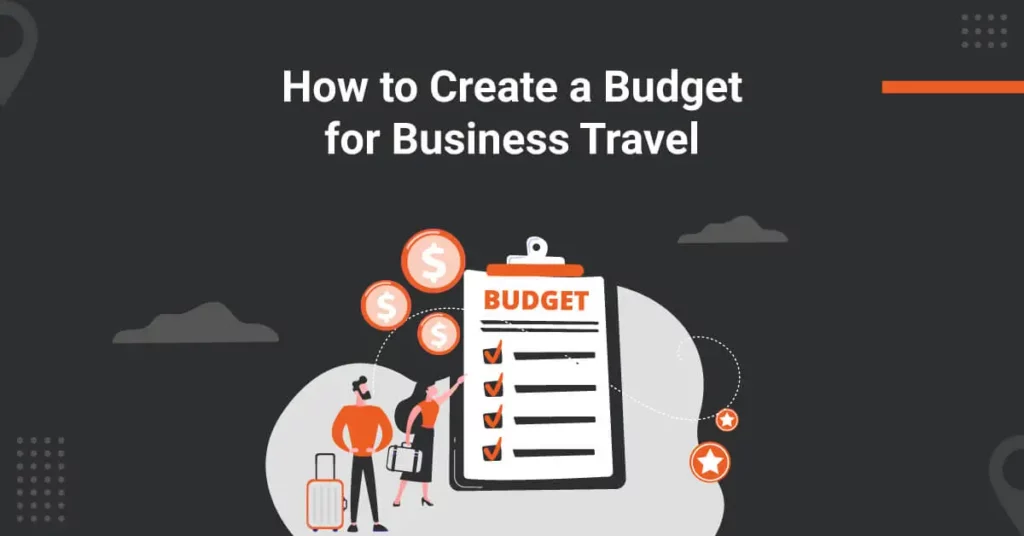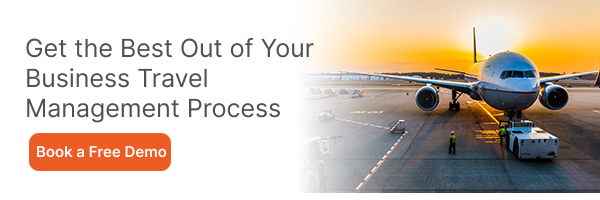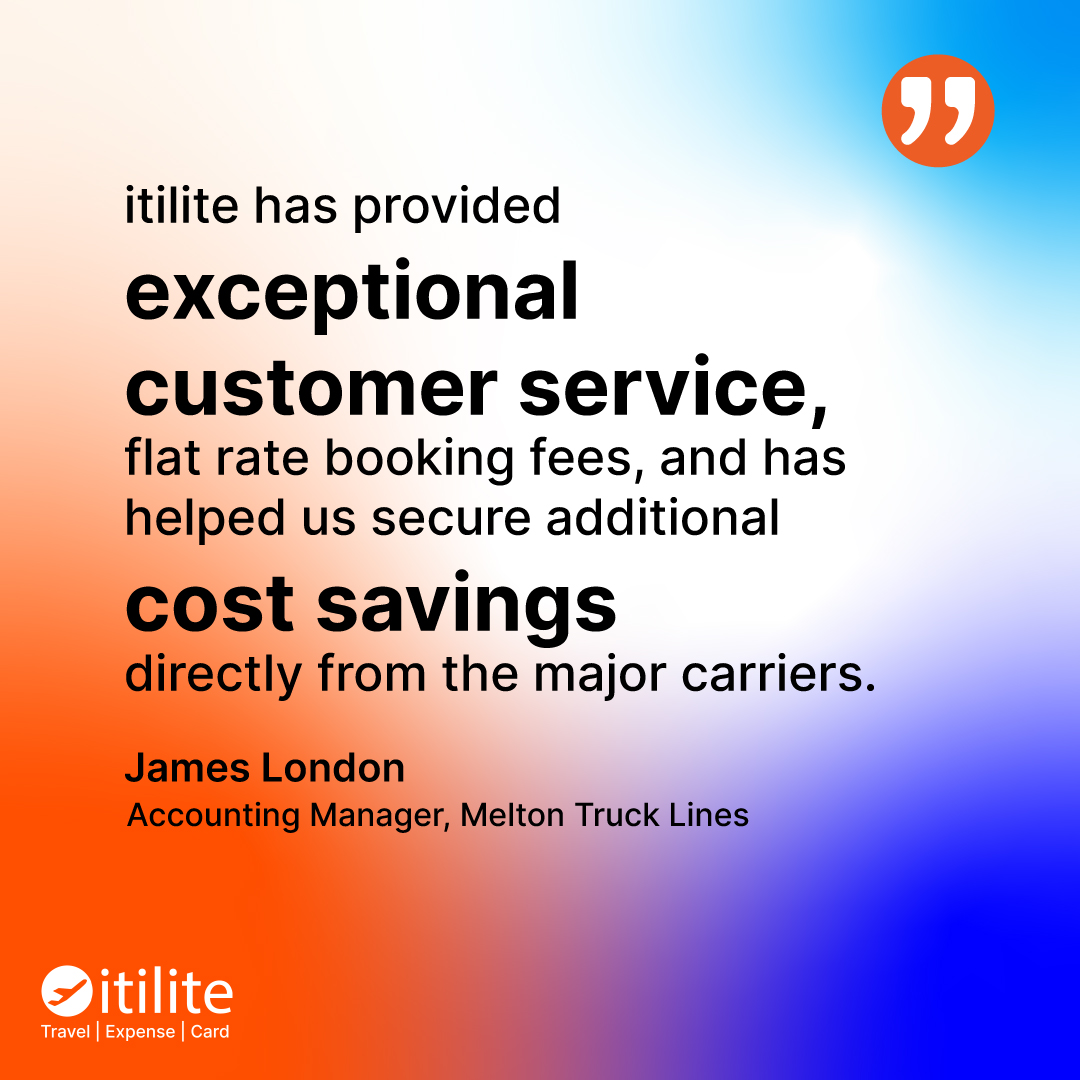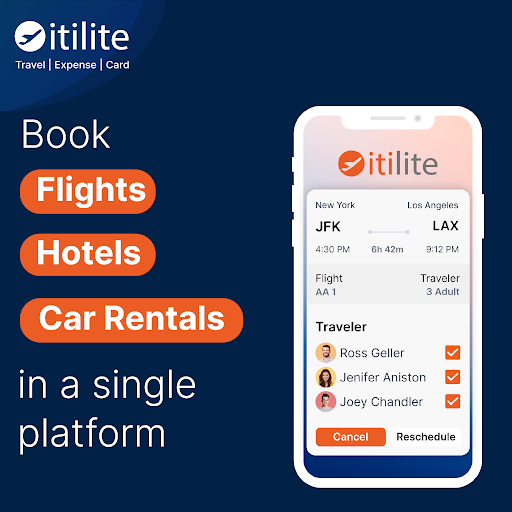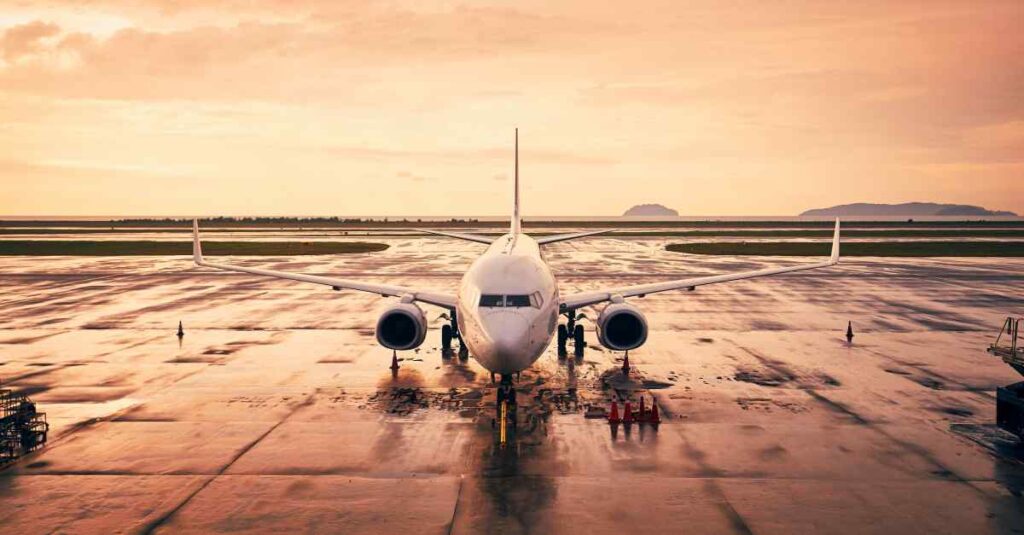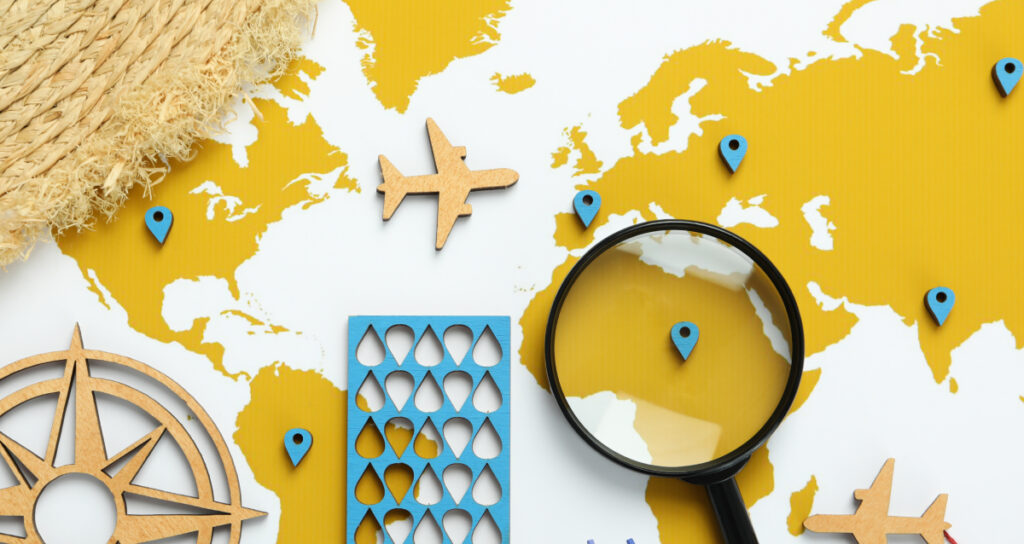
In the current post-pandemic world, business travel is gradually gaining its momentum back. A study conducted by Statista predicts a 38% rise in business travel in 2022. Hence, as companies gear up to let business travelers hit the road again, travel managers are tasked with creating a comprehensive budget for business travel.
Creating a budget for business travel is essential for managing expenses and staying within company guidelines. But did you know that a well-planned travel budget can also help you save money on expenses? To estimate your potential savings on business travel expenses based on your budget, try using our savings calculator. Click here to access the calculator
As a travel manager, you must create a business travel budget that considers both the employees’ and the company’s needs. Your budget for business travel must cover the cost of flight, hotels, and other services according to the employees’ comfort while maintaining the company’s bottom line and maximizing ROI on each trip.
However, creating such an inclusive budget for business travel might pose significant challenges. For starters, if you are making a budget for business travel for the first time, you might face a conundrum while deciding what it should include. Alternatively, if you are wiping off the dust from your pre-pandemic business travel budget, you might need some help optimizing it according to the post-pandemic world.
Hence, here are some insights on creating a budget for business travel to maximize travel ROI while ensuring employee satisfaction.
What to include in a Budget for Business Travel?
To create a comprehensive budget for business travel, you must include all business travel expenses. Business travel expenses are the costs employees incur to accomplish their business goals while traveling for work. Companies have various criteria for business travel expenses and what they are willing to reimburse. However, as a general rule, you must account for the following expenses while preparing your budget for business travel:
1. Transportation
Transportation expenses comprise the flight or train costs employees incur on traveling to the destination of their business trip. It also includes the costs associated with commuting from their hotel to the meeting destination. Therefore, while calculating the transportation costs in your budget for business travel, you must include flights, trains, and cabs.
Alternatively, sometimes if the business trips are shorter, employees might use personal vehicles to travel. In such cases, you must include the cost of fuel, parking, and maintenance charges while preparing your business travel budget. You can reimburse these expenses according to the yearly standard mileage rates or create separate policy guidelines in your company’s business travel budget.
Here is a mileage reimbursement policy template to help you get started.

2. Accommodation
Accommodation costs are incurred on making employees’ stay arrangements during their business trips. Such costs make up 30-50% of the travel costs. Hence, they are a significant part of your budget for business travel.
While calculating the accommodation costs, you must evaluate the collective amount your employee might spend annually living in hotels, resorts, lodges, or other commercial establishments during their business trip. However, you do not have to include any provisions for personal stay arrangements.
3. Meals and Drinks
Meals and drinks are essential for employees to sustain themselves during a business trip. Moreover, sometimes your employees might have to treat the clients with lunch or dinner as a part of business responsibilities. Such expenses are also known as subsistence expenses. You are required to reimburse the entire trip’s subsistence expenditure as long as:
- Your employees incurred the costs during a business trip
- The expenses were not extravagant
- Your employee or a business associate was present during the meal
You can calculate an estimated amount your employees will be allowed to spend on meals per day and set up a per diem limit in your business travel budget.
Alternatively, you can instruct your employees to collect all the meal receipts and submit them for post-trip reimbursement. You must include the overall meal expense limit while preparing your budget for business travel and let your employees know about the limit to avoid overspending.
4. Incidental Expenses
Incidental expenses are the supplementary expenses employees incur while getting services on a business trip. Employees incur these expenses in addition to the primary service charges.
For instance, when employees visit a restaurant, they might have to tip their servers if it is customary as per the etiquette of the place they are visiting. In this case, the amount spent on the meal is a subsistence expenditure, and the tip will fall under the category of incidental expenses.
According to the IRS, if your employees have claimed their standard meal allowance, you do not need to reimburse incidental expenses. However, in cases where employees don’t use their standard meal allowance, you must pay $5 per day. Therefore, your budget for business travel must include a separate $5 per day provision for incidental expenses reimbursement.
5. Travel Insurance and other Safety Requirements
Travelers’ safety has become a center-stage conversation in business travel after the Covid-19 pandemic. Therefore, it must also be at the center of your budget for business travel. You must go above and beyond your duty of care and allocate a significant portion of the business travel budget toward employee safety measures.
For starters, you should invest in a comprehensive business travel insurance plan that covers pre and post-trip medical costs, life insurance, and other contingencies like flight delays and luggage misplacement. You must also create a reimbursement provision in your business travel budget for all the safety gear employees require while traveling, like masks, gloves, shields, and sanitizers.
Lastly, you must create a travelers’ safety checklist to assess travel-related risks and allocate the required amount toward training employees to overcome those risks.
Get Free Traveler Safety Checklist
6. Bleisure
Bleisure travel happens when business travelers extend their business trip to include leisure or fun activities like sightseeing. It is one of the latest trends in the business travel industry. While having bleisure reimbursement in your budget for business travel is a new concept, it is undoubtedly one you should consider as it is widely prevalent among business travelers.
A study by The American Hotel and Lodging Association states that 89% of business travelers prefer adding personal time to their business trips. Therefore, providing compensation for bleisure is a great way to show your appreciation toward their hard work and help them de-stress on a business trip.
7. Miscellaneous Expenditures
Miscellaneous expenses comprise the costs that are not limited to a particular business trip but are required to facilitate an overall smooth travel experience. Here are some examples of miscellaneous expenses you may consider while preparing a budget for business travel:
- TSA pre-check: This is a service the US government provides that allows travelers to undergo an expedited airport security screening because they are deemed low risk by the Transportation Security Administration (TSA). Investing in a TSA pre-check will allow your passengers to move through the airport security screening in less than 5 minutes without removing their shoes, jacket, and belt. Hence, it helps save time and reduce business travelers’ stress.
- Concierge Services: These are additional services that make business travel comfortable and seamless. For instance, your employees might require a visa renewal to travel after a long time, or they may need an airport lounge facility to relax and prepare for a meeting before going on a business trip. While these are not ordinary business travel expenses, they can help improve your employees’ experience. Therefore, you must create an additional provision for concierge services in your business travel budget.
How to create a Budget for Business Travel?
A travel manager can create a business travel budget plan, by considering both the employees’ and the company’s needs. Your budget for business travel must cover the cost of flight and other accommodations to the employees’ comforts at the same need to maintain the company’s travel policy to maximize the ROI on each trip.
- Refer to Your Travel Policy Guidelines
The first step toward creating a budget for business travel is to refer to your travel policy guidelines for basic booking parameters for different employees.
For instance, your travel policy might have separate guidelines for an executive and a middle-level manager. You may have to reserve business class and a 5-star hotel for the C-level employee, whereas economy class and 3-star hotel might be suitable for the middle-level manager. Hence, before preparing your business travel budget, take a quick look at the policy guidelines. - Determine Expenditure Benchmarks
After going through the basic booking parameters, you must undertake expenditure benchmarking. Expenditure benchmarking means determining the realistic amount you must spend on business travel. You can create a benchmark for your travel expenses by analyzing the past travel data and comparing it with the current industry trends.
While analyzing the past travel trends, here’s what to look for:
1) The average length of a business trip
2) Flight and hotel preferences
3) Average subsistence expenses (meals and beverages)
4) Type of travel insurance
5) Other Fees (TSA pre-check, Visa)
After you have analyzed the average costs of these parameters, you must compare them with the current industry standards to ascertain how much money you will be spending on business travel. - Find Cost Reduction Options
After benchmarking your travel expenses and determining the realistic amount you must spend on business travel, you must look for ways to enhance travel cost-saving. Here are a few common cost-saving options in a travel process:
Advance Booking: Making travel bookings in advance can help you get the best deals on flights and hotels. Hence, you must try to keep a reasonable time difference between making travel bookings and actual travel dates wherever possible.
Public Transportation: Cabs and rental vehicles can sometimes be expensive, especially for long distances. Hence, you must encourage your employees to travel through public transport like buses, trains, and subways.
Travel Management Software: Booking flights and hotels using third-party websites can waste a lot of your precious time and doesn’t guarantee good deals. Hence, consider investing in business travel management software for consolidated booking, cost-efficient options, and seamless travel management. - Accommodate Contingencies
When your employees travel for work, they face various uncertainties. For instance, they might encounter a health emergency or get stuck in a situation of social unrest at the destination of their trip. For circumstances like these, you must create a flexible budget for business travel that accommodates last-minute bookings, cancellations or rescheduling.
Create and Implement a Practical Budget for Business Travel
Creating a budget for business travel in a post-pandemic world comes with its own set of challenges. Therefore, you can follow the above steps to make your business travel budget more optimal and traveler friendly. However, creating an optimal travel budget is not sufficient. You must also invest in the right solution to help you ensure maximum compliance.
You can maximize your business travel budget compliance with the help an integrated travel and expense management software like ITILITE.
The ITILITE platform allows granular policy configuration to ensure better compliance, detects out-of-policy bookings, and sends real-time alerts to employees and travel managers. Moreover, it can help you automate your expense process by combining expense filing, approvals, and reimbursements.
For a free first-hand experience of ITILITE’s advanced features, click the button below.
